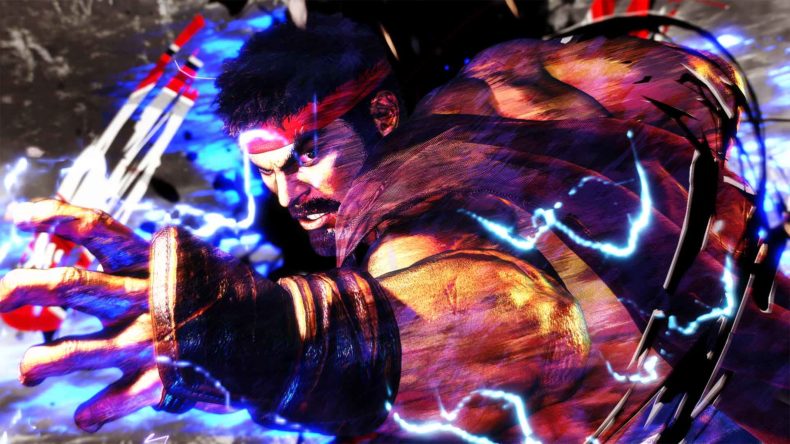In its original incarnation, Capcom’s Street Fighter V was much maligned for hitting shelves in what many felt was an incomplete state. A handful of characters and a business model that felt at odds with the spirit of the franchise, it took several years before it finally reached a point where it felt anywhere near representing value for money, but even then there was still that dreaded paywall, and gameplay that for me did not hit the same dizzying heights as the genre re-defining Street Fighter IV, a title that I had spent literal entire years of my life playing online.
Amazingly, even though there are only eight announced fighters, and three backdrops, both my Editor and I came away from Capcom headquarters in full agreement that we would happily drop our hard earned bunce on this embryonic build of Street Fighter 6, just so we could carry on playing it. This feels like a huge upgrade on what went before it, the same way IV came along and gave the series a radical, instantly enjoyable reboot. It combines and expertly builds upon elements of everything great that we love about playing Street Fighter, whilst stripping away or reworking some of the mechanics that may feel prohibitively complex for casual fans.
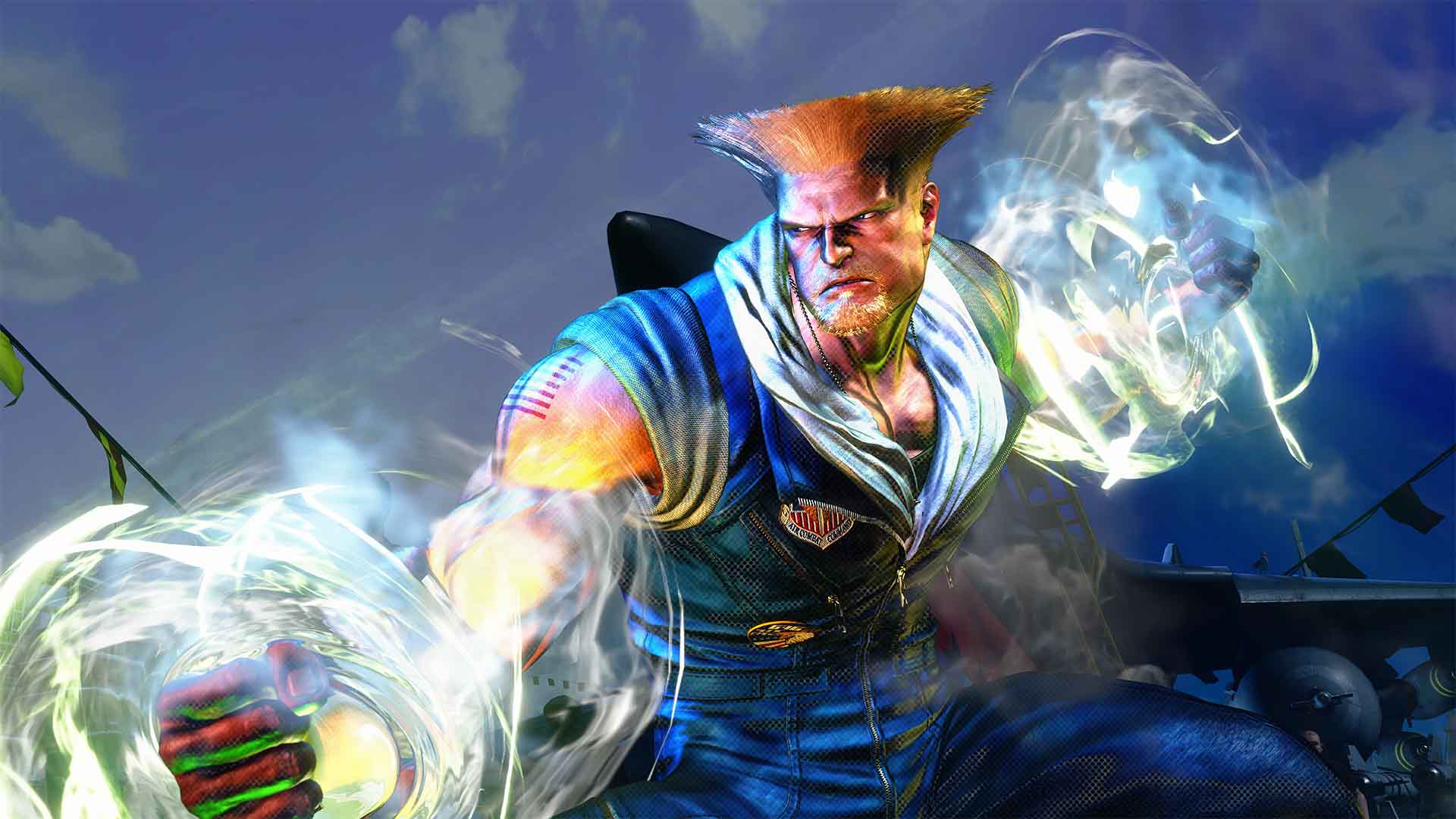
I found the front end of SFV to be a mess, a clusterfuck of adverts, confusing menus, and annoyance. Even in this current form, 6 dispenses with clutter offering the simple option of selecting a stage, a fighter, and then getting into the meat and drink of kicking some ass. First of all then, the combatants on offer. Series shotokan mainstays Ryu and Ken are obviously present. They look grizzled, battle-worn, and brimming with old-man strength. Guile still has the extra-AF flat top fade, and the same veteran appearance, whilst Chun-Li is now an elder stateswoman with her time-honoured mixture of speed and unexpected strength. Deadly in the right hands, Korean evildoer and S.I.N taekwondo expert Juri is another old face given a new lease of life.
It will take a while to learn exactly how many, but all of the old timers have new attacks and abilities to get to grips with, while still feeling instantly familiar to anyone that has played any game from The World Warrior onwards. Returning from SFV and almost bridging the gap between the two games is the superb Luke, the newly anointed series mascot of sorts, who here feels absolutely sensational – the agreement between us was that he felt “meaty” – with a real heft and weight to his crushing offence, and an unusually quick projectile.
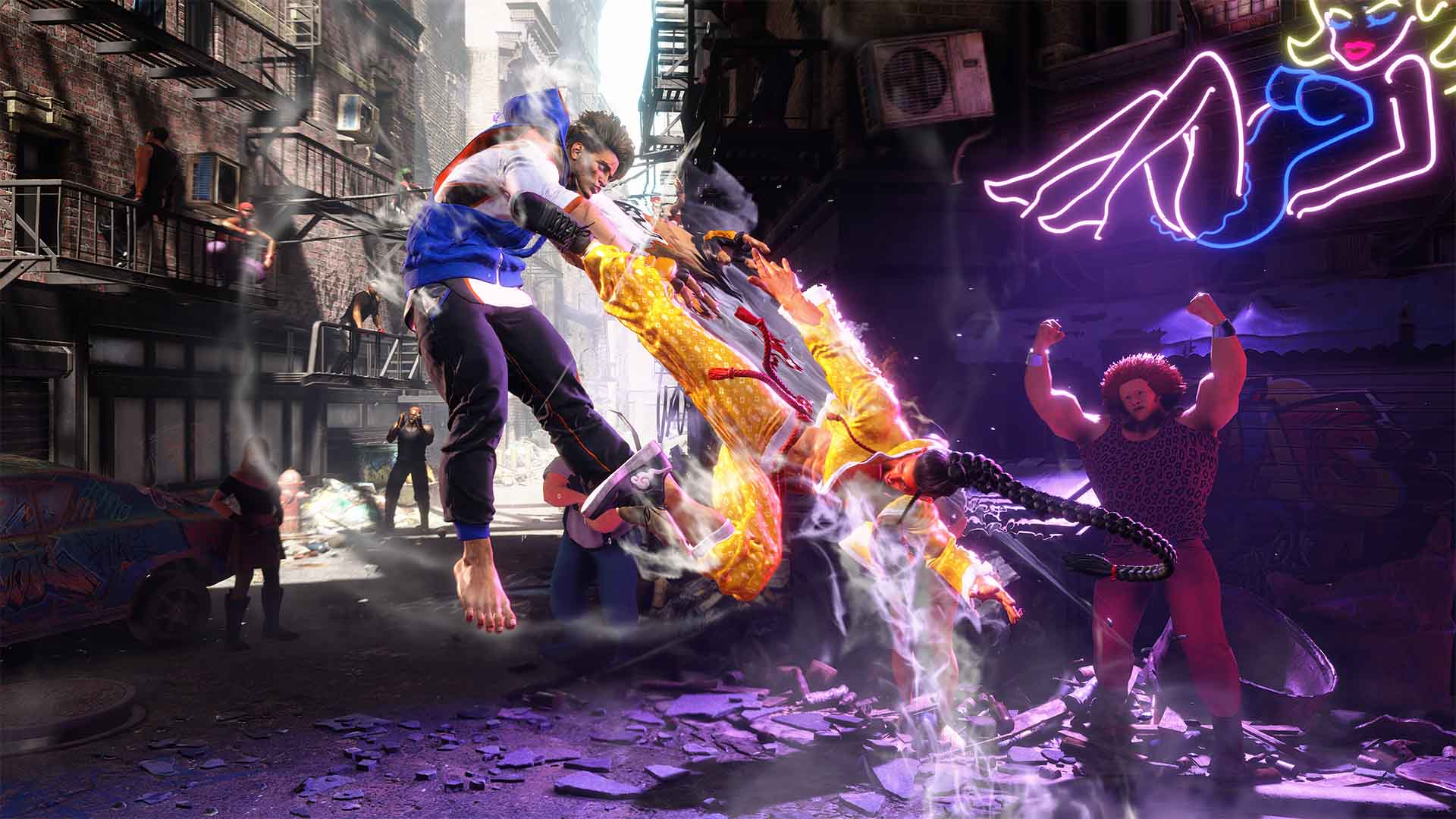
It can be intimidating having to learn a host of new characters, so mercifully we only had to find our feet with two, and what an excellent, diverse pair of brawlers to kick things off with. Jamie is a complex but deadly anomaly who employs a drunken master-style offence, and has a number of swaggering chain combinations to learn. He feels like someone that I will be spending an inordinate amount of time with. Kimberly is a super quick kunoichi, trained at the hands of Final Fight legend Guy, who has an instantly appealing feel and a neon-splattered, 80s graffiti and hip hop influenced aesthetic. She drags the character roster into modernity but in an extremely cool, expertly designed way that will appeal to fans both new and old.
The main draw of SF6 is going to be the Drive system, which is already looking like a genius cross up of different systems drawn from a plethora of modern fighters. There is what one may call a traditional Super meter, which is employed just for your Critical Art supers, although even these have new and hitherto unseen variations and possibilities, thanks to the introduction of Drive. The Drive gauge is central to almost everything that you do. It first and foremost enables you to hit Overdrive variations of your signature moves, just like the EX attacks of old.
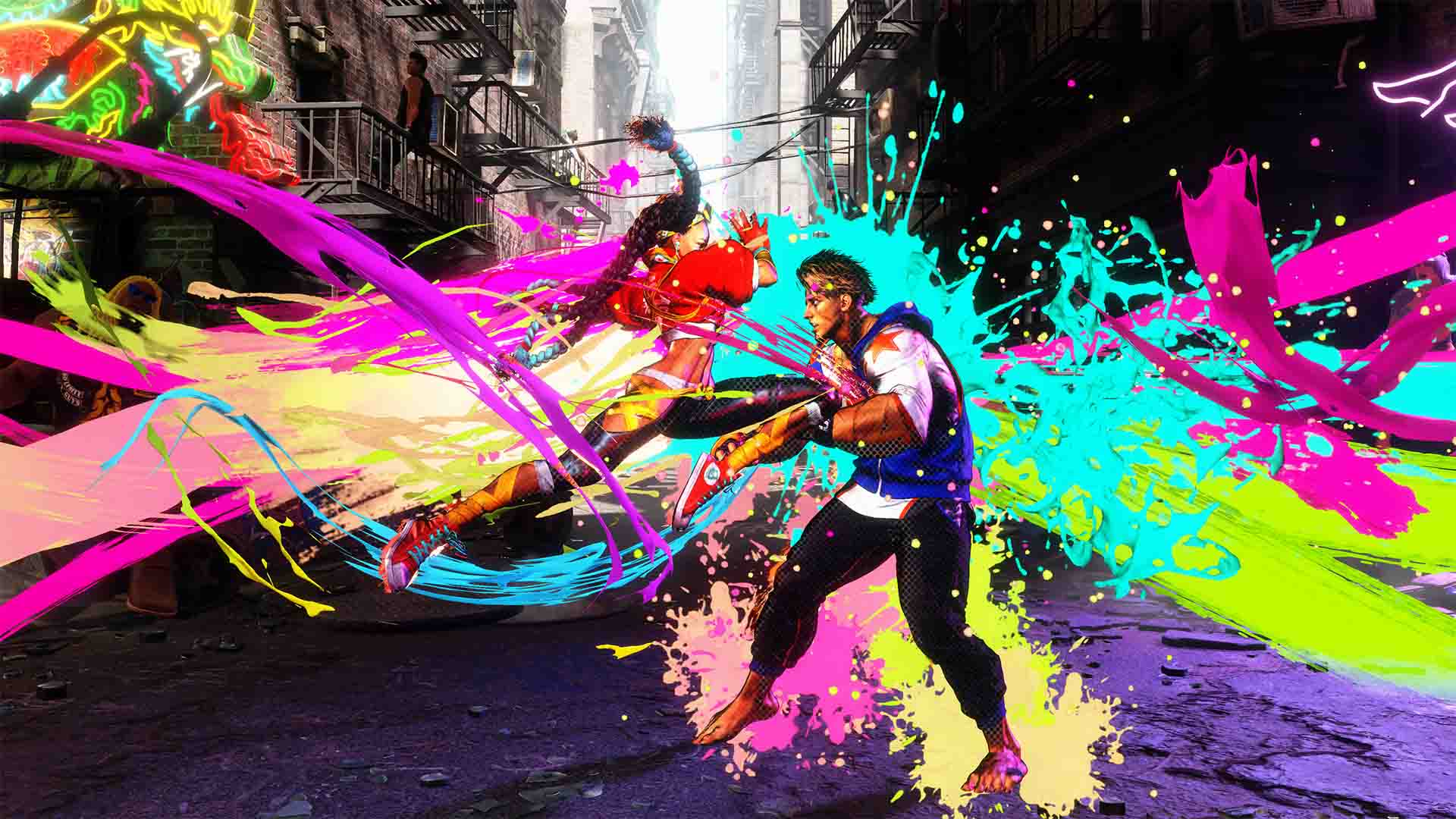
A Drive Impact is a beautifully animated, Focus-style blow which can absorb an opponent’s attack, and has a defensive variation called a Drive Reversal that is a handy way of countering to escape a tricky situation such as being pummelled with pressure. Drive Parry is the best and most interesting of all the functions as it enables you to parry attacks much in the same way as Street Fighter 3: 3rd Strike or Garou: Mark of the Wolves, but can also be employed permanently by holding down the buttons, making you vulnerable only to throws, or the Drive gauge running out of juice. Drive Rush rounds things out and gives you the ability to dash forward from a Parry or cancellable attack, and adds an extra element of surprise that acts as a form of both defence and attacking possibilities.
You begin each bout with a full Drive stock, with each of the various abilities – and in the case of some characters, their special moves – eating up various denominations of Drive segments. They do regenerate over time or when you land blows on your foe, but once you are out, your fighter enters a state of burnout, slowing them down and preventing use of the many valuable advantages on offer. It makes every match an interesting tactical balancing act, and will deter spamming.
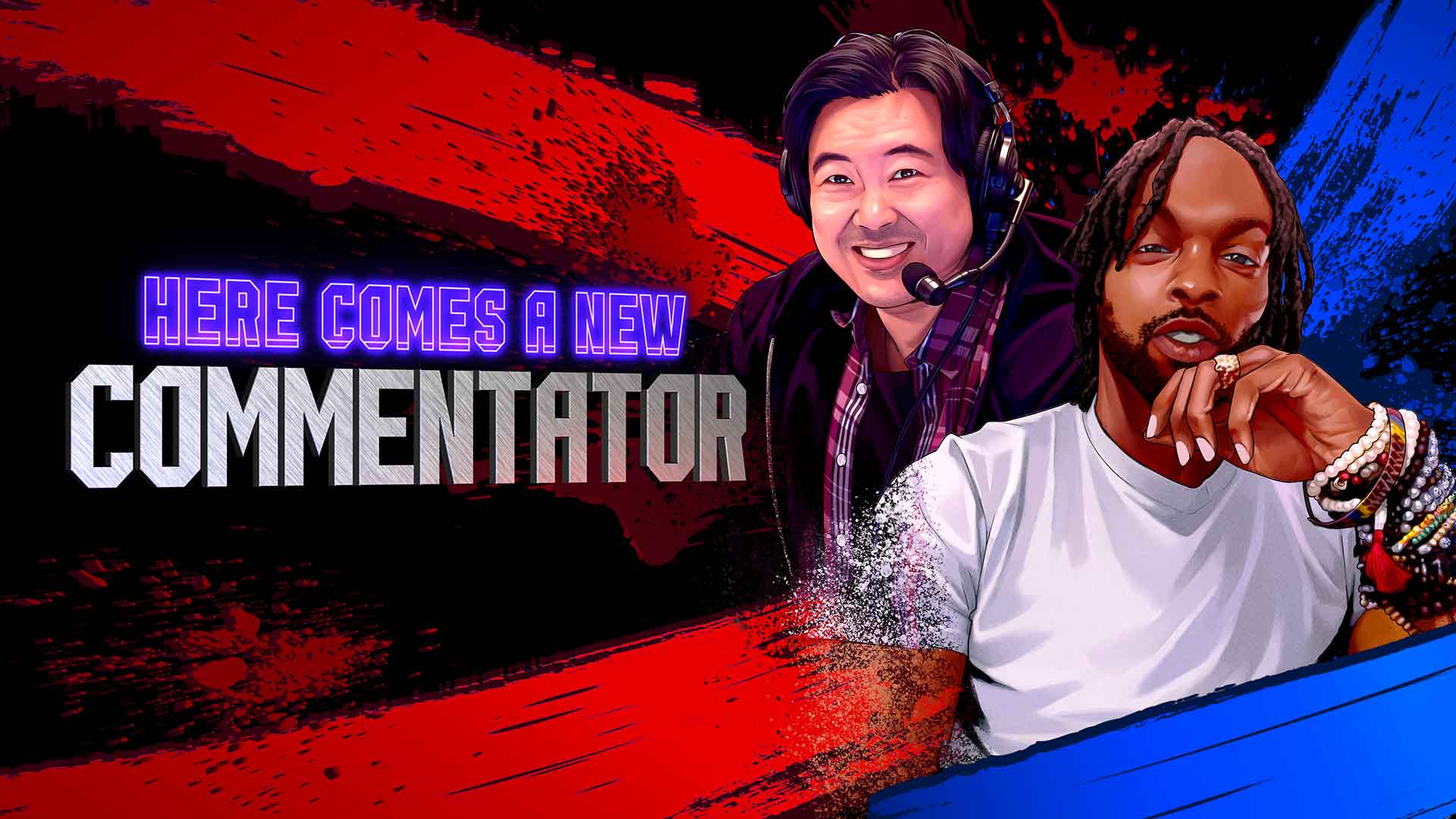
In a cool nod to the popularity of eSports and the huge fighting game community, SF6 also includes commentary from some real-life luminaries such as Capcom Pro Tour mouthpiece and Sagat doppelganger Jeremy “Vicious” Lopez, fighting game historian James Chen, and EVO alumnus Tasty Steve. I was suspicious about this inclusion, but shouldn’t have been – the play by play and colour aspects actually add to the gameplay, as they accurately dispense advice about your in-game situation, such as reminding you when your Drive stock is about to run out, or when may be a good time to think about popping a Critical Art. Their voices do not detract from the rest of the aural delights, which include excellent brand new character themes and the usual fine array of grunts, thuds and “Hadoken” shouts.
Controls wise I played Street Fighter 6 with a traditional arcade stick, but there is also a simplified control scheme designed presumably for control pads and for newcomers or novices to fighting games that enables easy auto combos and specials employing holding triggers and flicking the analogue sticks. I am all for more accessibility like this, and it certainly hasn’t hurt other superb titles I have played recently like KOF and Guilty Gear. But I get the impression that to truly master this one, you will have to learn the classic control methods to get the best out of the Drive system and all that it offers, due to the high possibility of entering burnout state very quickly if you overdo it on the easy to execute pyrotechnics.
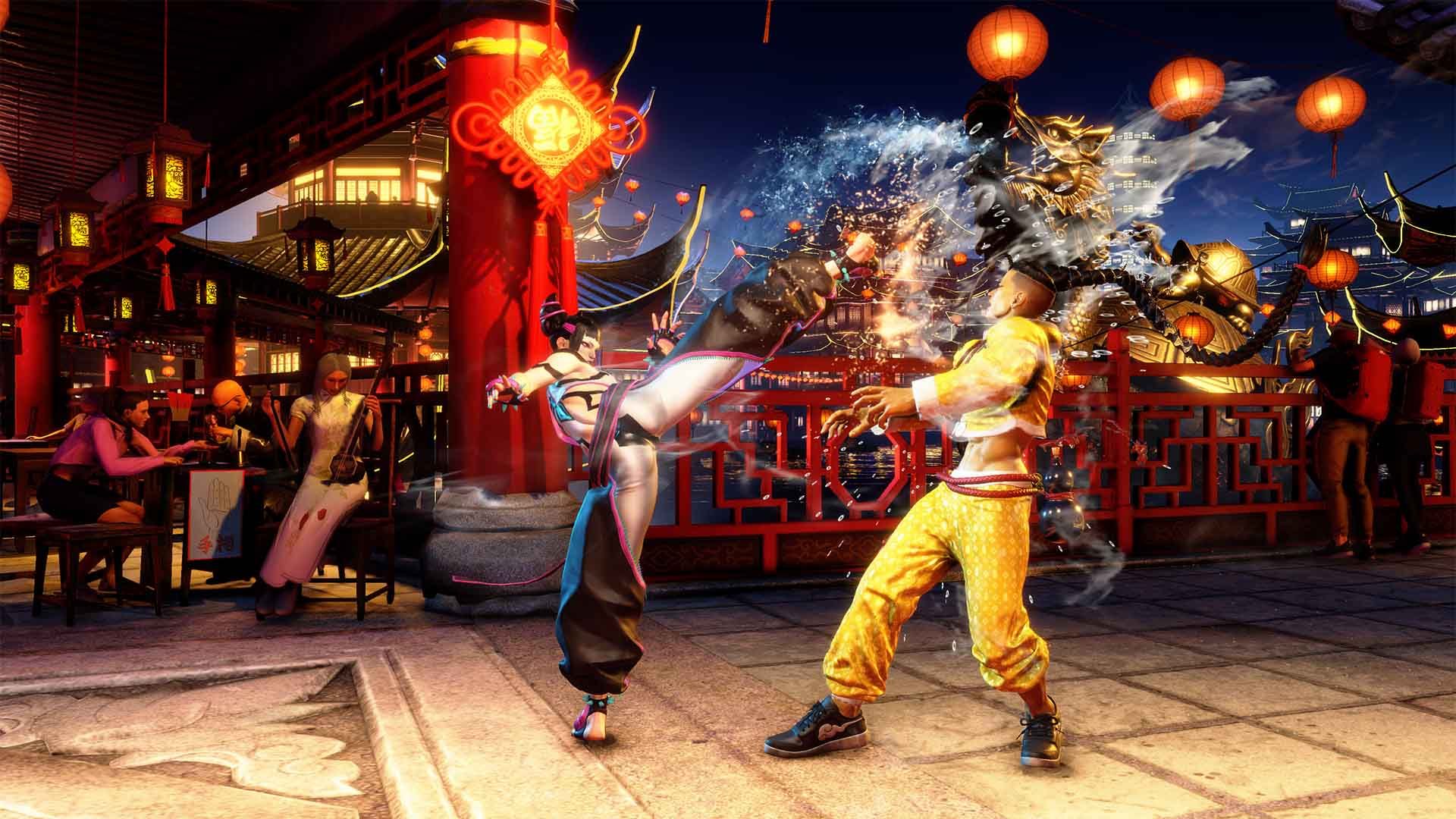
I felt that we only scratched the surface of what you can really do in Street Fighter 6. I went away and watched more videos and footage, still buzzing with excitement about the possibilities. I noticed that just from eyeing footage of the tricky, fascinating Jamie, that it looks possible to continue a combo chain straight after a Critical Art if done correctly.
Gameplay is beautiful, then. But my lord, it looks phenomenal, too. The wonderful, unmistakably Capcom stylisation is a wonder to behold, with huge and intricately detailed models brimming with personality and smooth as silk animation. The three stages on offer are all-new but bring instantly familiar throwbacks and fan service – such as a grinning Damnd holding court in Metro City, or Guile’s classic aircraft strewn backdrop.
I feel as though even after little over an hour in its clutches, I could pen another few thousand words on Street Fighter 6, such was its impact. It feels like a huge step forward for a series that was, quite frankly, desperate for a reinvention and overhaul. To say that I am this impressed, this early in its lifespan, bodes extremely well for the future. I am already planning on treating myself to a shiny new arcade stick when this one drops.
Street Fighter 6 is due out in 2023 for PC, Xbox One, Xbox Series S|X, PS4, and PS5.


